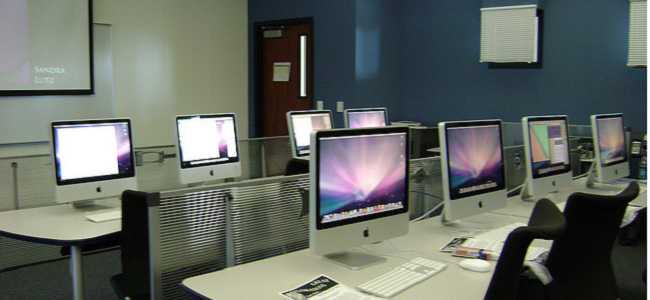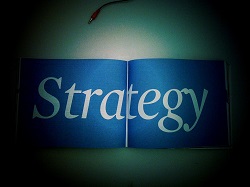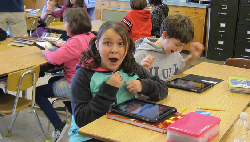Build it – but they won’t necessarily come.
I love ‘Field of Dreams’. For those of you that don’t know the film, Kevin Costner plays Ray, an Iowa farmer who hears a mysterious voice in his cornfield saying, "If you build it, he will come." He interprets this as an instruction to build a baseball diamond (what else?) and, once it’s complete, he is visited by the ghosts of the 1919 Chicago White Sox. If you haven’t watched it, don’t let this synopsis put you off – it really is a brilliant film.
It’s a brave new world for education, particularly with the growing popularity of portable devices and flipped learning. Teacher and digital strategist Jane Basnett gives her finest tips on how a school can fully embrace the future.

A digital strategy must take into account what makes an excellent lesson, and will then plan to ensure that teachers make use of technology in a creative and meaningful way that enriches the teaching. Successful use of technology in the classroom goes hand-in-hand with other good teaching techniques, all of which can be enhanced by technology. The two (technology and traditional teaching methods) are not mutually exclusive. There must be a blend of the two strands in order to bring about successful and effective teaching. Schools will need to spend time training teachers to use the latest digital tools in conjunction with relevant methodologies to ensure ultimate success.
Jane Basnett, Downe House’s head of MFL, returns to Innovate My School with a follow up to her piece on digital strategy. In this article, she discusses which methods she would implement to get the most out of the position.

So, here I am, in my not-so-new, not-state-of-the-art office with my brand new role of Digital Strategist. I need to oversee the implementation of a good Digital Strategy and in my original brief to my employer I stated that, in the first place, I would look at the teaching and learning that goes on. Now, I know that there is a great deal of good practice going on behind closed doors all round the school site. How to go about sharing it and making people open to such collaboration is another task.
For many there is a dislike and some mistrust about sharing ideas; it links, unfortunately, to the idea of lesson observation. There is nothing wrong with lesson observation per se, however, it has become synonymous with grading for staff and the dreaded OFSTED inspection. Lesson observation often sits uncomfortably in the mind-set of some colleagues. This is a small fence to overcome but I think I have the key to open the gate.
As a teacher of Modern Foreign Languages at Surbiton High School, Kingston Upon Thames, Assistant Principal José Picardo is an important part of the teaching community. As head of Digital Strategy at the school, he’s very keen to make sure that technology is implemented correctly in the classroom. He gives his thoughts on the latest Network.Ed piece.

Last September I started a new role as Assistant Principal at Surbiton High School. My brief is the school’s digital strategy. Now, I’m not the first to be appointed to lead a school’s digital strategy – there have been Directors of E-Learning or Directors of ICT elsewhere for some years, but I am one of the first to be appointed directly to the Senior Leadership Team with the specific purpose of devising and implementing a digital strategy to support teaching and learning. And I won’t be the last. Here’s why…
Research shows that lessons are most effective when they are structured thus:

A community-driven platform for showcasing the latest innovations and voices in schools
Pioneer House
North Road
Ellesmere Port
CH65 1AD
United Kingdom